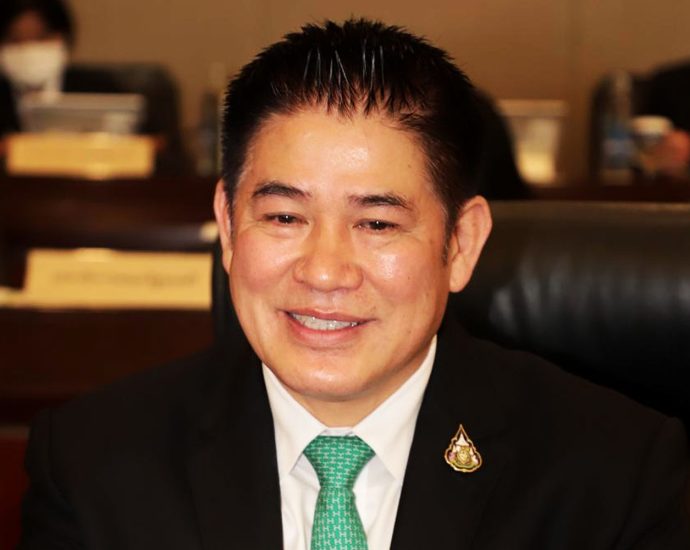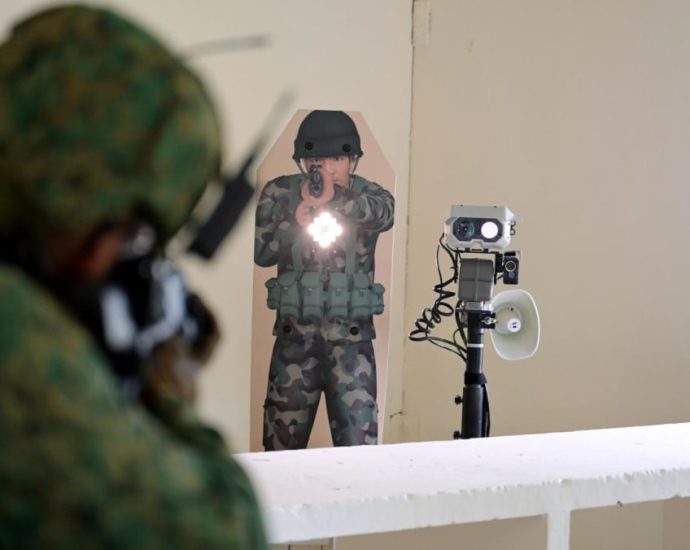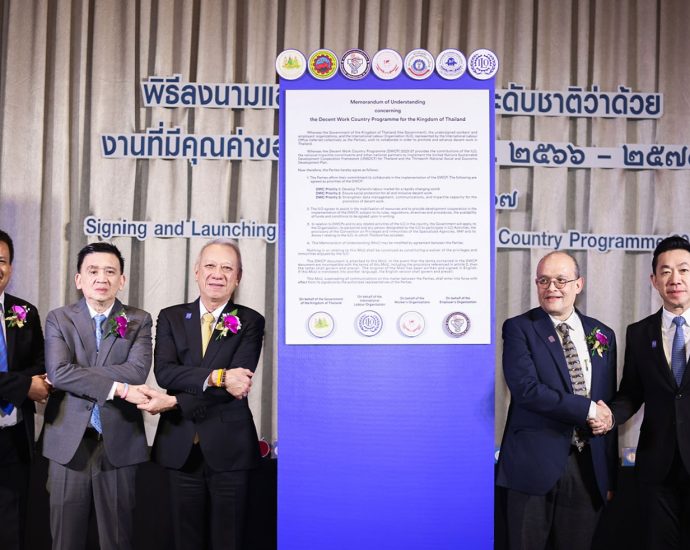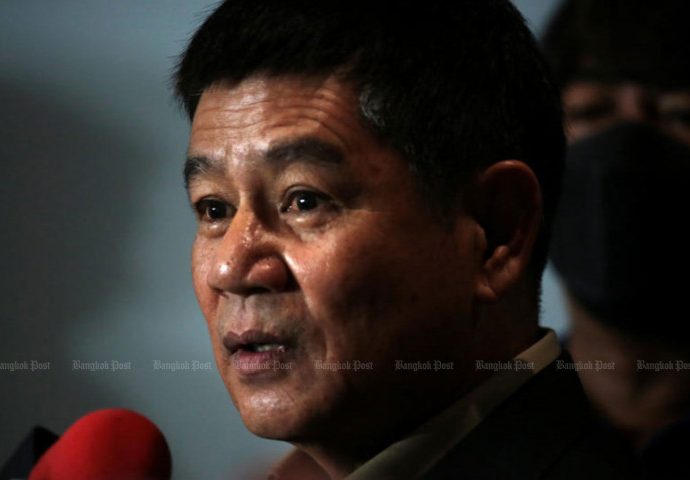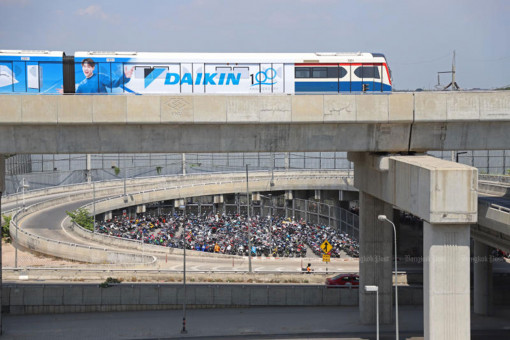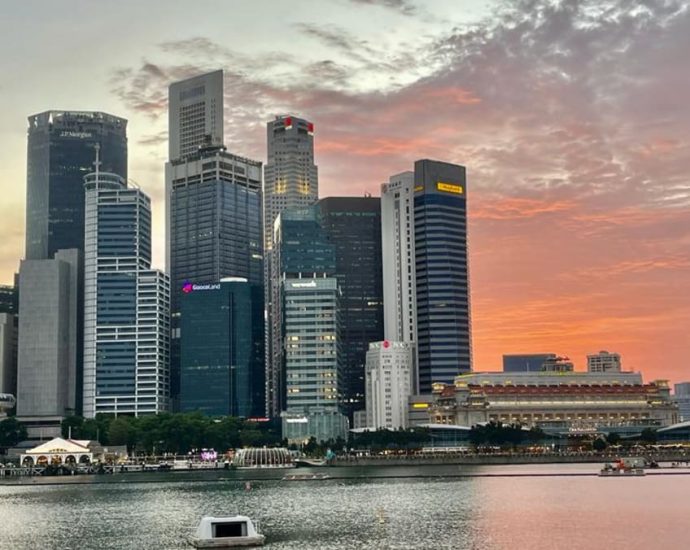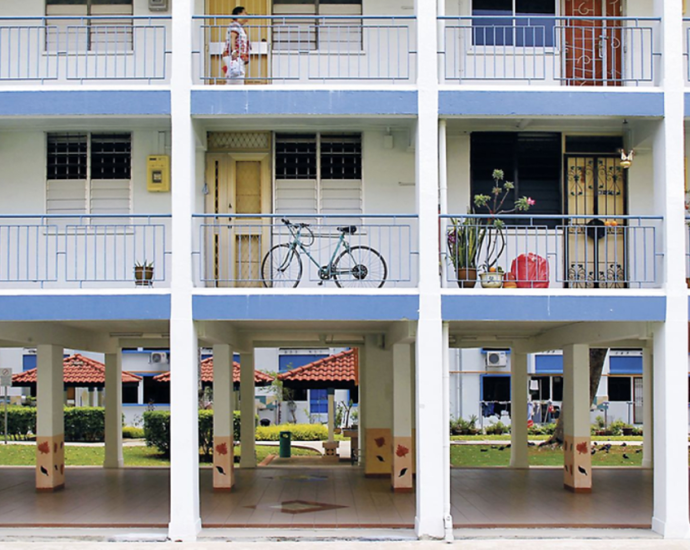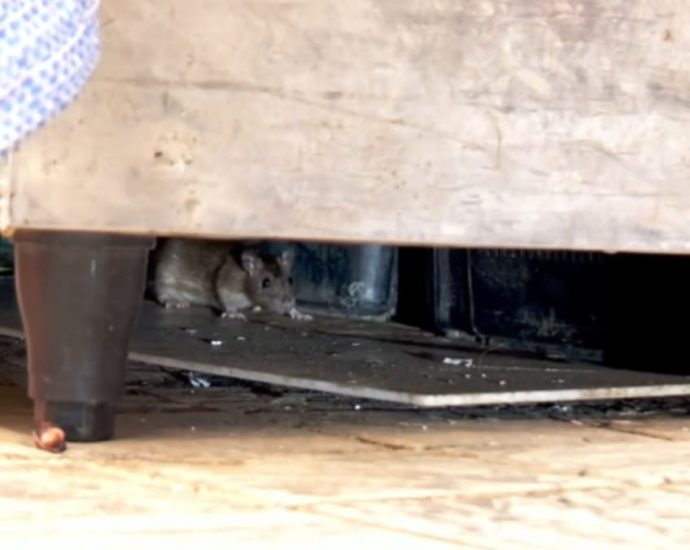Activists urge navy to protect sovereignty

PUBLISHED : 29 Feb 2024 at 04:00
A group of activists is calling on the navy to protect the country’s maritime sovereignty after voicing concerns over ongoing negotiations between Thailand and Cambodia on overlapping areas that both countries claim in the Gulf of Thailand.
The group — calling itself the Student and Peoples Network for Thailand Reform and led by Pichit Chaimongkol — turned up yesterday at the Royal Thai Navy (RTP) headquarters to hand a letter to the navy commander, calling on him to protect the country’s maritime territory.
It said Cambodia made a unilateral delineation of the continental shelf by splitting Koh Kood in Trat province in the middle without any dispute from Thailand under the Franco-Siamese treaty in 1907. That delineation led to disputes over maritime borders and natural resources around Koh Kood, it said.
Moreover, the 2001 Memorandum of Understanding with Cambodia agreed under the Thaksin Shinawatra administration to jointly develop parts of the overlapping areas and demarcate a maritime border is equivalent to recognising Cambodia’s unilateral delineation of the maritime border, said the group. This is because the MoU stipulates the maritime border demarcation and joint development must be carried out as an “indivisible package”, with a Thailand-Cambodian Joint Technical Committee set up to discuss how to carry it out, the group said.
Several rounds of talks have been held since, but no progress has been made, mainly because of the dispute over the maritime border demarcation. The group also questioned whether the Feb 21 meeting in Bangkok between Cambodia’s former prime minister, Hun Sen, and former Thai prime minister, Thaksin Shinawatra, had anything to do with the negotiations.
“We would like to offer moral support to the navy to work with the people to protect the country’s maritime sovereignty and ensure Thailand will not lose a single square inch of territory,” the group said.
Noppadon Pattama, a Pheu Thai Party list MP, dismissed reports the meeting between Thaksin and Hun Sen was linked to talks on the overlapping claims area. “People who claim there are secret talks going on should stop causing confusion. The negotiations are the job of the Thailand-Cambodian Joint Technical Committee,” he said.


